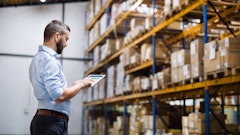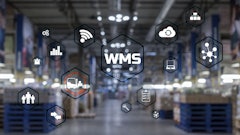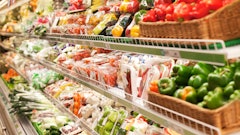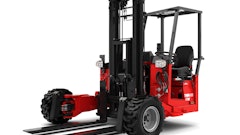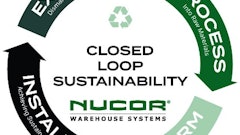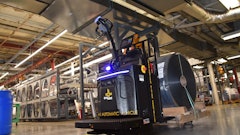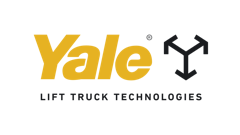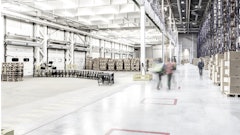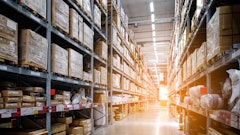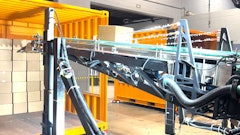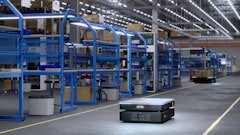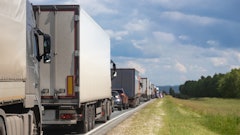In this month's cover story, "Demand Planning Comes of Age", we look at food manufacturers that are using demand planning tools to literally predict the future. Based on analysis and other algorithms of historic demands, today's software can help predict, model and shape demand in more accurate detail than ever before, enabling companies to dramatically reduce forecast error.
Wouldn't it be something if we could apply those same algorithms to say, this year's presidential election? While this promises to be a historic race, with either a woman or an African American running on the Democratic ticket, the country is so strongly divided on so many issues it's impossible to predict whether we'll have a Republican or Democrat in the Oval Office next year.
You don't need a crystal ball, however, to predict two of the top issues that will come to the forefront in the food industry this year-sustainability and food safety. Granted, these are not new topics, but growing consumer concerns about environmentalism and the safety of the nation's food chain are spurring many companies to considerably ramp up sustainability and food safety initiatives.
Last month, the Grocery Manufacturers of America held its first Environmental Sustainability Summit for the Food, Beverage and Consumer Goods Packaged Industry. More than 600 attended the sold-out event, which featured speakers from many leading companies, such as Wal-Mart, Coca-Cola, General Mills, SYSCO and Safeway.
These companies shared their sustainability programs, including Procter & Gamble, which is developing a new line of goods called sustainable innovation products (SIP). These products will reduce the environmental footprint per use by at least 10 percent as compared to similar products, such as Tide Cold Water or compacted detergents. P&G plans to generate at least $20 billion in sales of such products by 2012.
The company is also designing and constructing sustainable manufacturing and distribution centers, using solar panels and wind turbines for energy production and recyclable wall and roof cladding panels.
The latest food safety scare involved "downed" cows at a California slaughter house. Last month, the Humane Society of the United States released a video showing workers abusing cows-with electric shocks no less-that were too sick or weak to stand on their own. Downed cows are at risk for contamination and may carry diseases that are harmful to consumers. This created yet another public outcry for stricter regulations in the food supply chain.
Many food companies-especially the large ones-have already taken the initiative to implement sustainable initiatives as well as improve food safety best practices. If you haven't done so already, it's time to see where your organization stands on these issues.
Food Logistics will be covering both of these topics within the next few months. If you'd like to share your thoughts with us, please e-mail me.
Kathy Doherty,
[email protected]





